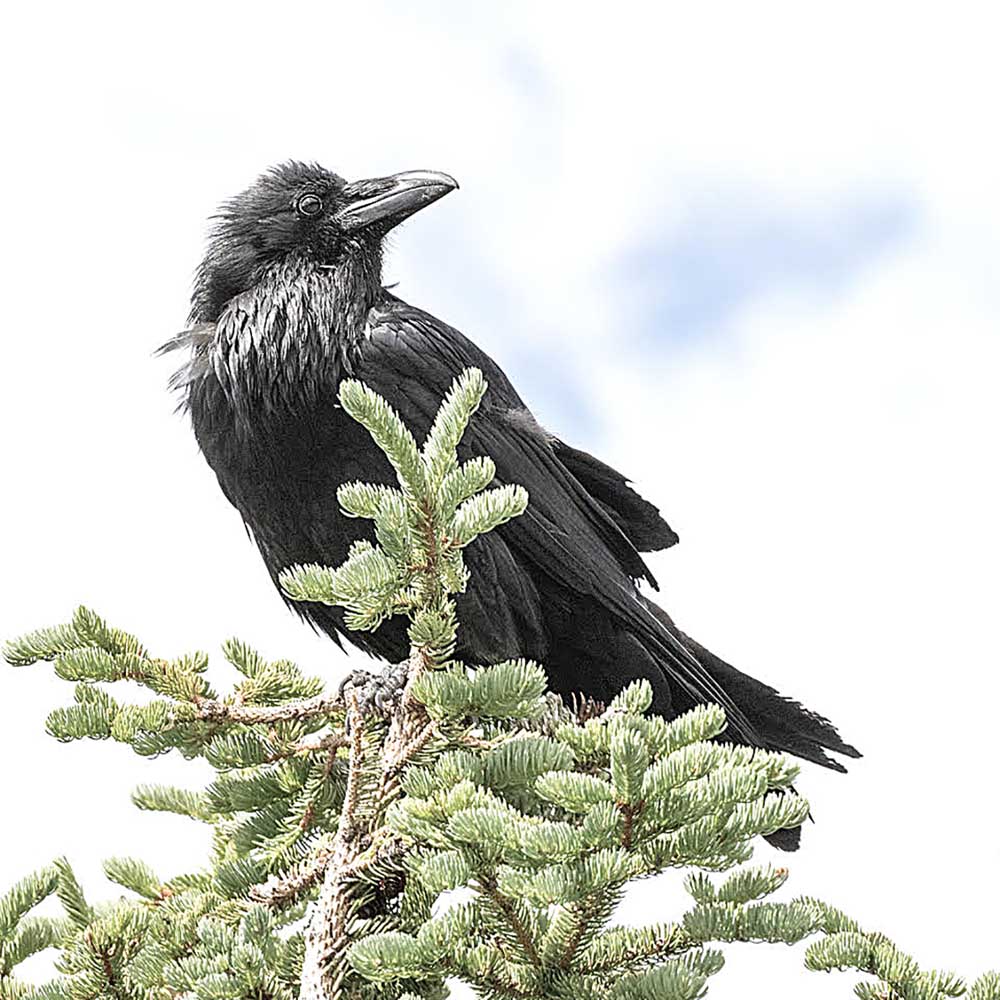Birding: Odds and Sods: Catching up with the birds
Published 10:29 am Friday, February 17, 2023

- Common raven
The Great Backyard Bird Count is a 4-day event that takes place annually in February. This year the Count took place from Feb. 17-20. For 26 years citizen scientists have been watching, learning about, counting, and celebrating birds. As we know birds are everywhere, all the time doing fascinating things. Their behavior is interesting and amazing.
Trending
The purpose of the count is to help scientists better understand global bird populations before one of their annual migrations. “Launched in 1998 by the Cornell Lab of Ornithology and National Audubon Society, the Great Backyard Bird Count (GBBC) was the first online citizen science project to collect data on wild birds and to display results in near real time” (birdcount.org). The Great Backyard Bird Count is an international partnership between The Cornell Lab, Audubon, and Birds Canada.
The summary snapshot from the four-day event in 2022 is as follows:
• 7,099 species of birds identified
Trending
• 192 participating countries
• 359,479 eBird checklists
• 298,208 Merlin Bird IDs
• 141,990 photos added to Macaulay Library
• 384,641 estimated global participants
Source: Cornell lab of Ornithology
On another note, my most recent birding adventure included birding the entire peninsula in one day. I birded the beach, the refuge, fields, wetlands, and each beach approach. The brambling has been here for several weeks now. It was continuing to keep company with a flock of dark-eyed juncos, Townsend’s warblers, chickadees, and ruby-crowned kinglets at Cape D. Varied thrush and hermit thrushes, fox and song sparrows seemed to be everywhere, scratching back and forth in the leaf litter for goodies. Black Lake was still home to five trumpeter swans, a few pied-billed grebes, and ring-necked ducks.
The Willapa National Wildlife Refuge was high on the list for the day. Tarlatt off 95th confirmed the presence of an American kestrel. The bird that day was a female. The male was sighted in the area off 85th. It is hoped that these two will pair up and nest in the kestrel box in the refuge on 85th. The wetland on 85th was very busy. Green-winged teal, mallards, northern pintail, American wigeon, and Canada geese were all resting and/or foraging, best of all one Eurasian wigeon was among them. Its bright rufous colored head and buffy forehead stood out.
The new refuge headquarters area off 67th in Long Beach (Reikola) offered some good views of raptors and a few shorebirds. The tide was out when I arrived so not as many birds were seen. It would have been better to have arrived as the tide came in, pushing the birds for a closer look. The major sightings were Canada geese, one male American kestrel, a red-tailed hawk, and an adult bald eagle. A few killdeer and one greater yellowlegs were foraging on the mudflats near shore. A northern harrier is usually a good bet but was not seen on this trip.
Driving required slowdowns on many of the peninsula roads because birds were looking for food or grit along the edges and even in the middle of the roads at times. Varied thrush, golden-crowned sparrows, song and fox sparrows, and dark-eyed juncos are the birds to look for these days along the edges of the road.
This is not the end of the adventure that day — to be continued. And, oh yes, I am looking forward to seeing the results of the GBBC 2023. Happy birding!









